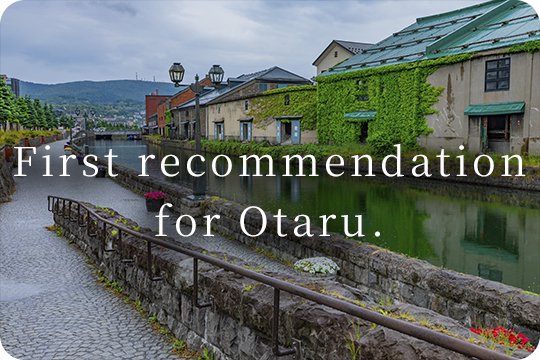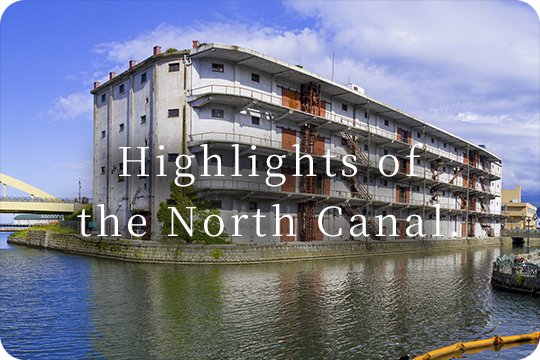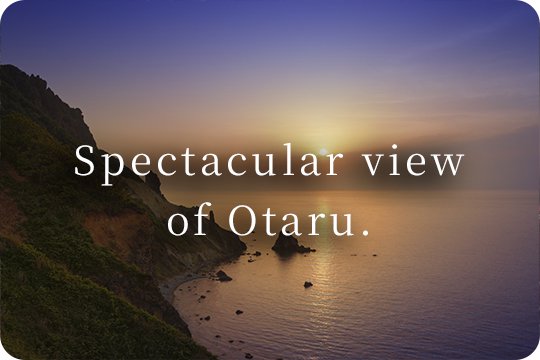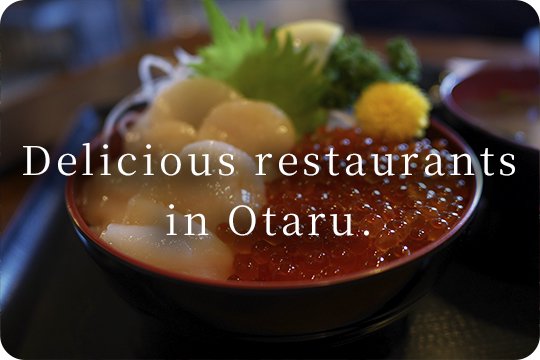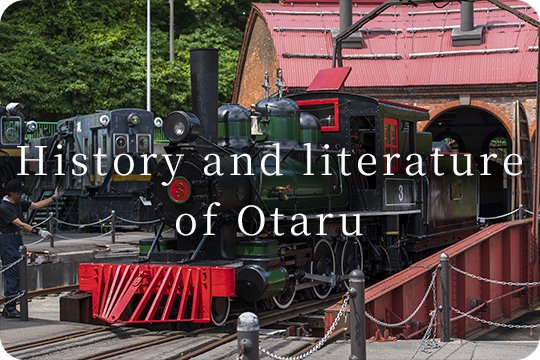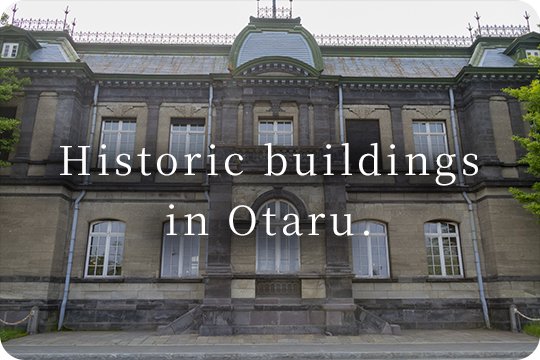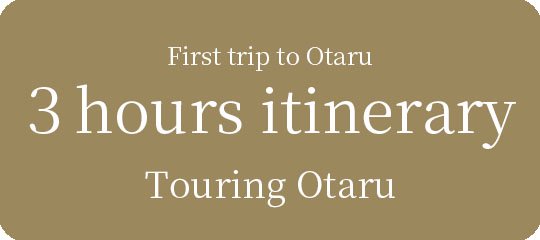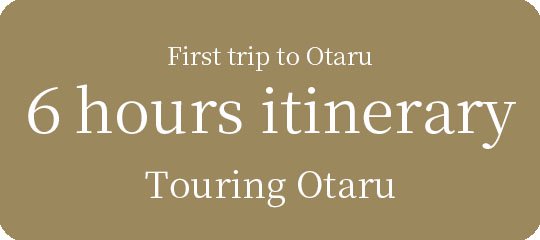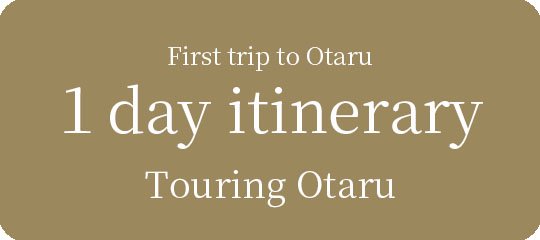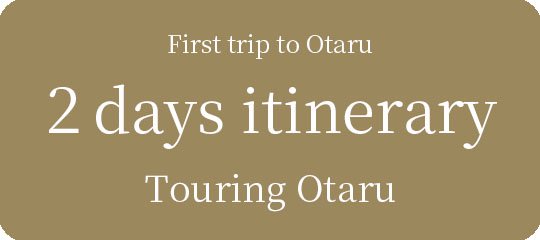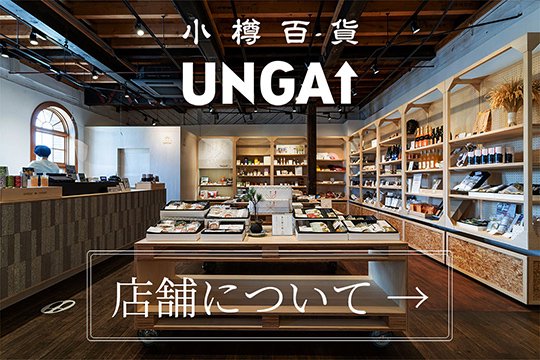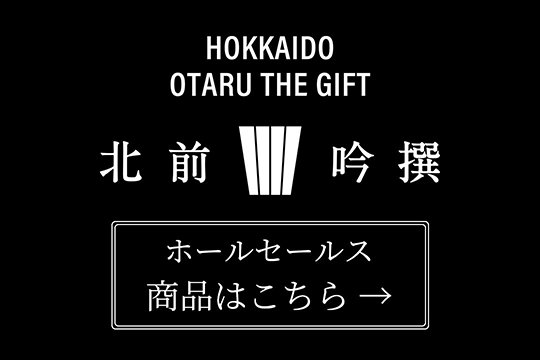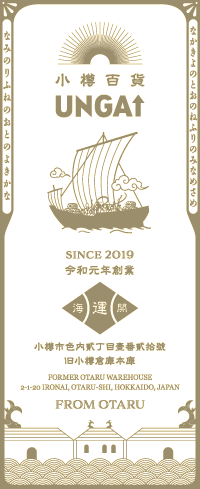Otaru City
English|Japanese
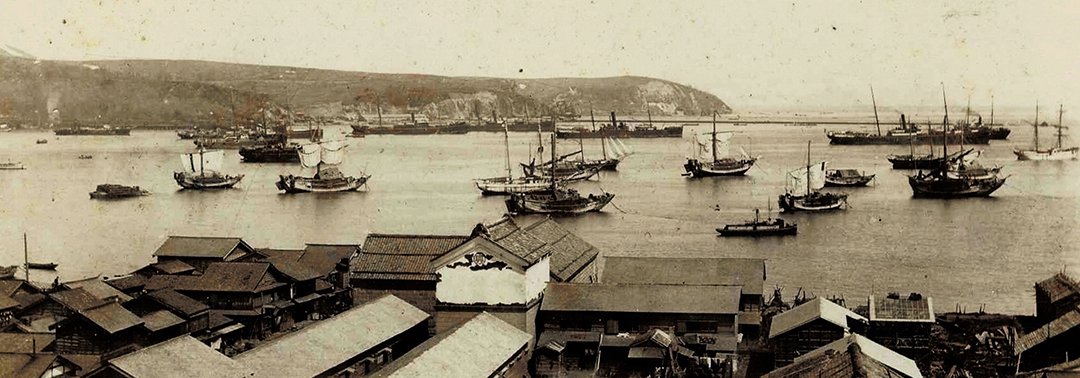
In the Meiji Era, the new Japanese government decided to make Sapporo the base for Hokkaido development. At a time when overland routes had not yet been developed, the port of Otaru was constructed as a supply base for goods brought in by sea. In order to store and keep the goods brought in from the port, wooden and stone warehouses were built one after another along the seafront. In 1880, Hokkaido's first railroad, the government-run Horonai Railroad, was built, and Otaru became a port for transporting the energy and coal that supported Japan's modernization.
Meanwhile, the herring fishing season was at its peak, and many migrant fishermen from Honshu came to Otaru. Immigrants from all over the country also flocked to Otaru, and the town became a melting pot of local cultures and customs. In the late Meiji period (1868-1912), the development of the harbor reached its peak and Otaru grew rapidly as one of the leading economic and port cities in Japan. The "Former Otaru Branch of NYK Line" and the "Former Otaru Branch of the Bank of Japan", both of which are now nationally important cultural properties, are representative examples.
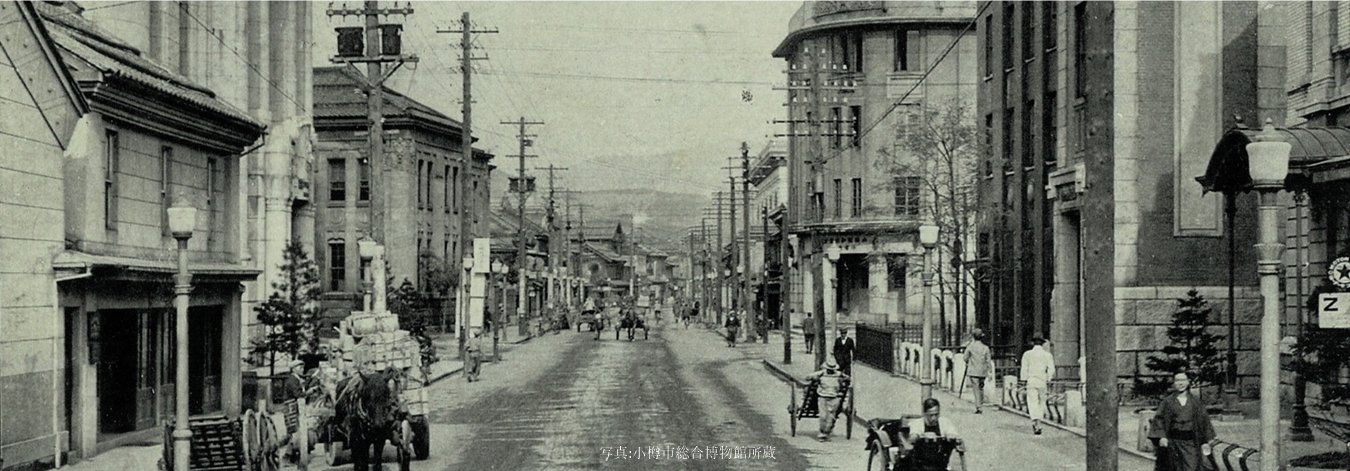
Otaru's boom continued into the Taisho era (1912-1926). The prosperity of Otaru can be seen in the many banks that still remain in Otaru as historical buildings. During this period, in order to improve the efficiency of "barge loading and unloading," the process of transferring cargo from large ships anchored off the harbor to warehouses, the coast was reclaimed and a canal was constructed. This was the birth of the Otaru Canal.
According to the first national census conducted in 1920, Otaru had the 13th largest population in Japan. In order to increase the population and foster the development of commerce, a local businessman invested his own money to invite a higher commercial school (now Otaru University of Commerce) to Otaru, and the city also began to mature as a cultural city.
Even after entering the Showa period, the economy continued to boom until around 1935. The prewar Showa Depression did not have a major impact on Otaru's economy, as the city's economic zone encompassed Hokkaido and Sakhalin Island as a supply base for food and raw materials.
After the end of World War II, Otaru seemed to have regained its prewar prosperity as a base port for reconstruction, but in the 1950s, the momentum of Otaru Port stalled due to a decline in demand for coal caused by a change in energy policy and changes in the port cargo situation. In the late 1950s, banks, trading companies, and trading companies that had head offices and branches in the downtown area began to withdraw one after another. Losing its major industries, Otaru became a "city in decline.
Under such circumstances, the "Canal Preservation Movement" arose over the reclamation of the Otaru Canal, which had lost its original role. This citizen-led movement to give new value to an old and worthless object was picked up by the news and became nationally famous. Today, Otaru is one of the most popular tourist cities in Hokkaido, attracting 8 million visitors annually, and the Otaru Canal has become an indispensable symbol of the city.
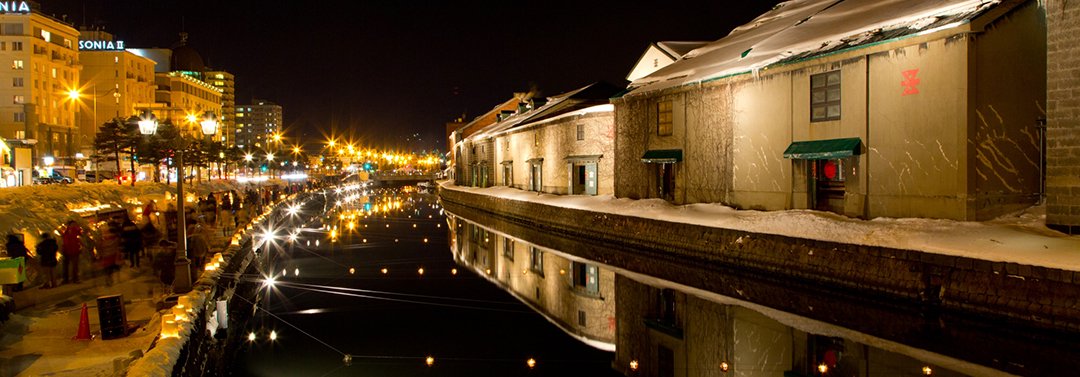
Around the Otaru Canal, which is crowded with tourists, stone warehouses and historical buildings create a nostalgic atmosphere. At night, some of the historical buildings are illuminated, creating a relaxing and romantic atmosphere.
【 Population 】
110,410 (as of December 31, 2021)
【 Area 】
243.83 square km
【 Town Size Ranking in Hokkaido 】
120th place
【 Access 】
From Sapporo: about 39 km (about 50 minutes by car)
From Otaru, the city of shipping, comes good fortune...
The uninterrupted and protected flow is on our side.
May your luck open up too.
Otaru flourished as the gateway to the development of Hokkaido during the Meiji period.
Kitamae-bune ships flapped their pure white sails on the ocean, bringing many goods and culture to this area through traffic to and from Honshu.
Otaru Department Store UNGA↑ offers original products carrying the history and culture that still remain in Otaru, as well as good products from the port of call of the Kitamae Ship, from the former Otaru warehouse, the first business warehouse in Hokkaido built by the Kitamae Ship owners, Sonzaemon Nishide and Shohachi Nishitani.
The story of Otaru, which lived together with the Kitamae Senpaku, is told from this location.
We look forward to serving you with an assortment of original items that can only be found here and that will be appreciated as souvenirs.
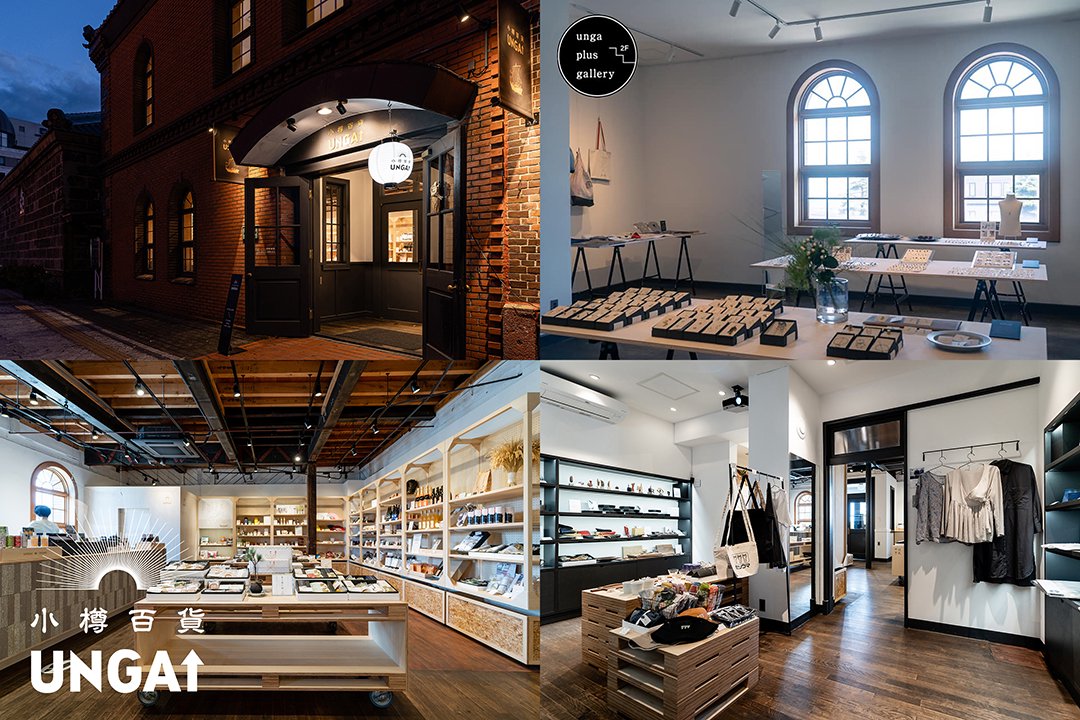
Facility name
Otaru Department Store UNGA↑
Address
〒047-0031 2-1-20 Ironai, Otaru City
Phone
0134-65-8150
Opening hours
11:00~18:00
Regular closing day
None
Website
>Click here to visit our website.
Otaru Travel Guide Category List




